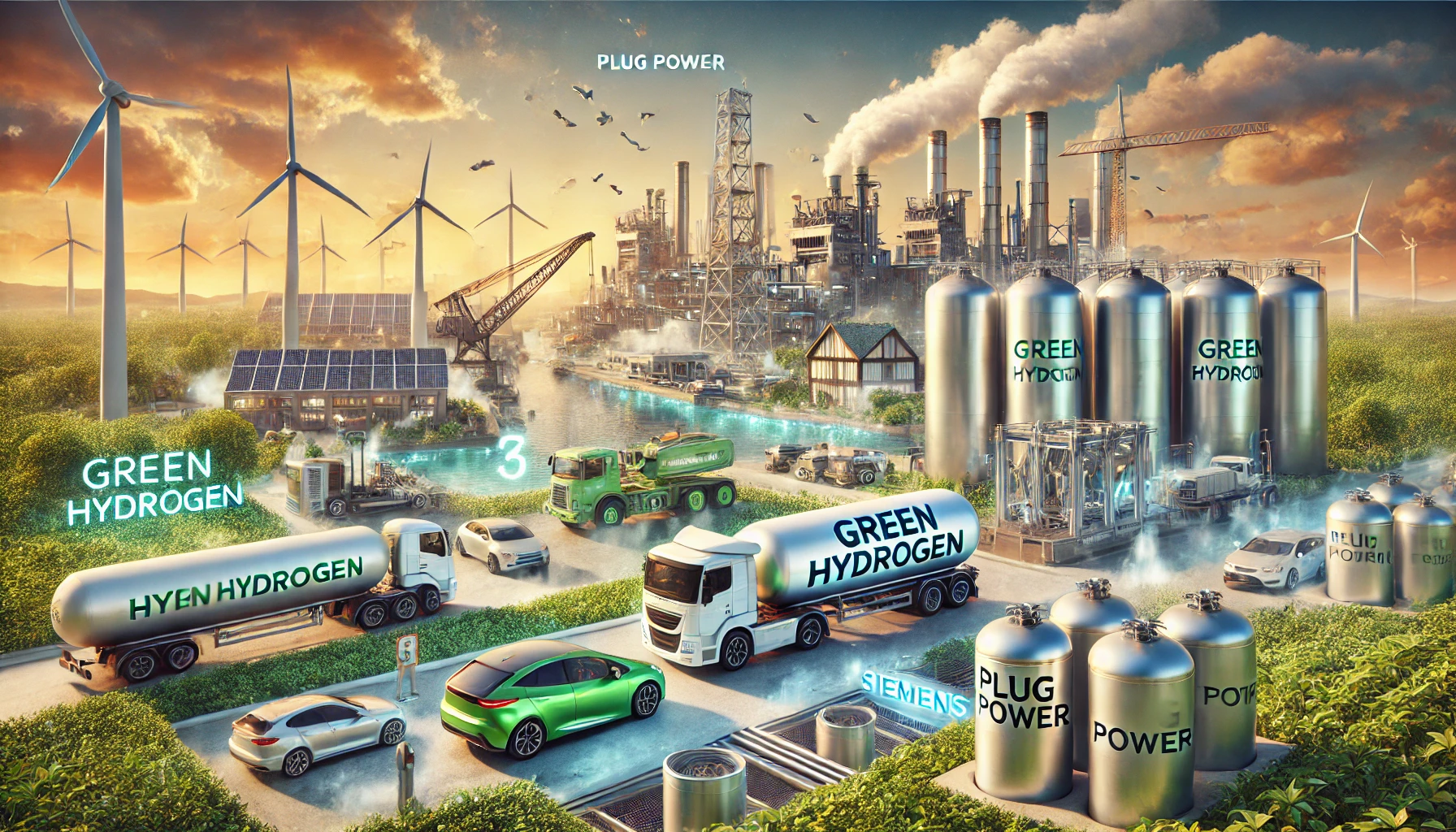Green Hydrogen: The Fuel of the Future?

The Hydrogen Revolution: Powering Up a Cleaner Future
Green hydrogen is being hailed as the superhero of clean energy, ready to swoop in and decarbonize industries that have been heavy polluters for decades. Whether it's powering electric vehicles or running massive steel plants, green hydrogen has the potential to do it all without leaving a carbon footprint. But, is this really the silver bullet the world needs to save the planet from climate doom, or are there still some kinks to work out? Spoiler alert: it’s a bit of both.
Green Hydrogen 101: What Exactly Are We Talking About?
First things first: what exactly is green hydrogen, and how is it different from the regular hydrogen that’s been floating around for years? The answer lies in how it’s produced. Regular hydrogen, or 'gray hydrogen,' comes from natural gas and is anything but eco-friendly. Green hydrogen, on the other hand, is produced through electrolysis using renewable energy like wind or solar power. This makes it as clean as a fresh mountain breeze. In short, it’s the eco-friendly cousin who drives a Tesla and eats vegan, while gray hydrogen is still cruising in a gas-guzzling SUV.
Decarbonizing the Big Guns: Transportation and Heavy Manufacturing
Green hydrogen is already making waves in the transportation sector, where it’s being used to power everything from fuel cell cars to trains and even airplanes. Companies like Plug Power are betting big on hydrogen-powered forklifts, trucks, and buses, believing that hydrogen could give electric vehicles a run for their money. Meanwhile, Siemens is looking at the heavy manufacturing industry, particularly in steel production, where green hydrogen can replace coal in the smelting process. The result? Zero carbon emissions and a happy Mother Earth.
The Hydrogen Hiccups: Production and Storage Challenges
Now, before we all hop on the hydrogen hype train, it’s important to acknowledge the challenges. Producing green hydrogen is expensive—like, “sell your kidneys” expensive. The process of electrolysis requires a lot of energy, and the infrastructure to produce, transport, and store hydrogen is still in its infancy. Oh, and did we mention storage? Hydrogen is notoriously tricky to store, requiring high-pressure tanks or cryogenic temperatures, making it feel like trying to keep a tiger as a house pet. It’s possible, but it’s going to take some serious work.
Plug Power, Siemens, and the Big Players in the Hydrogen Game
Despite the challenges, companies like Plug Power and Siemens are going all-in on green hydrogen. Plug Power has been a leader in developing hydrogen fuel cells and aims to build a fully green hydrogen network in the U.S. They’ve even secured partnerships with major retailers like Amazon to power their distribution centers. Siemens, on the other hand, is focusing on industrial applications, using green hydrogen in sectors that are hard to electrify, like steel and chemicals. These companies are putting their money where their mouth is, with plans to scale up production and infrastructure in the coming years.
The Future of Green Hydrogen: Promising, But Not Without Obstacles
So, what’s the future look like for green hydrogen? While it’s clear that it has the potential to revolutionize energy, there’s still a long way to go before it can truly compete with other renewable sources like solar and wind. Investments in research, technology, and infrastructure are critical. Governments worldwide are starting to realize this, with countries like Germany, Japan, and the U.S. rolling out ambitious hydrogen strategies. If all goes well, we might just be filling up our cars with hydrogen instead of gasoline in the not-so-distant future.
Is Green Hydrogen Really the Fuel of the Future?
With its ability to decarbonize some of the most polluting industries on the planet, green hydrogen certainly looks promising. But between the high costs and technical hurdles, it’s not going to be an easy ride. The real question is: Will green hydrogen become the fuel of the future, or is it just a green dream?



